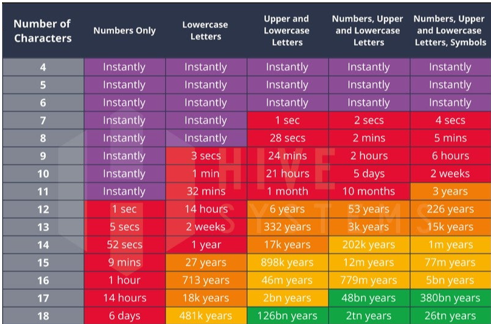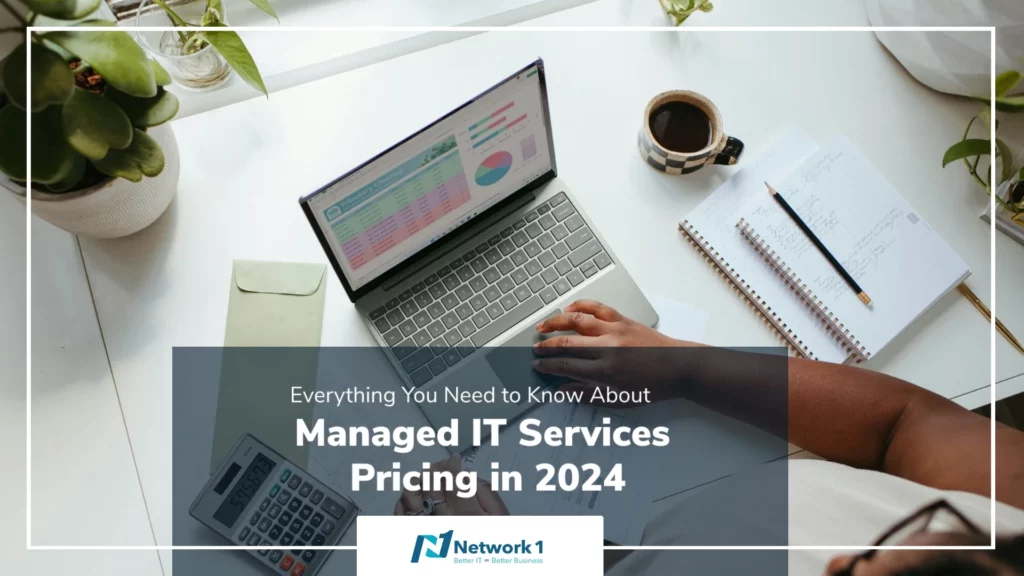Staying connected to the Internet has become one of the most critical things for businesses today and yet we almost take it for granted. Have you ever lost connectivity to the Internet in the office and thought to yourself – I might as well go home now, I’m not getting anything done.
Nowadays many organizations have moved critical applications such as email to the cloud, so their reliance on connectivity is a must. For those that haven’t and still maintain important systems on local servers within their office, connectivity is still just as important because communicating with clients is a challenge when access to the Internet is down.
The best course of action to reduce this risk is to have two alternate forms of connectivity to the Internet in place. The general rule of thumb here is that it should be from different carriers, via different forms of entry to the building and the system should be set-up to automatically fail-over in the event of a primary line issue.
The most common Internet connections these days fall into one of the following four areas:
- Fiber (high speed fiber optic line, T-1’s and up)
- Copper (telephone lines, DSL, T-1’s)
- Cable (broadband)
- Wireless
Ideally what you do is pick two alternate methods of connectivity from the above list and then get each service from a different carrier.
So, for example – if you have a fiber optic circuit from AT&T as your primary line, you don’t want to have a copper DSL circuit coming in from AT&T as well. Although the lines themselves are likely delivered to the building in different ways, if AT&T is having a network outage there’s a good chance it’s going to affect both lines and thus defeats the purpose.
 At our office we have a high speed fiber line coming in from one carrier and then a backup line from a broadband provider. If the primary line ever has issues, and it does from time to time, we automatically fail-over to the broadband line and are therefore still connected (happy workers and clients).
At our office we have a high speed fiber line coming in from one carrier and then a backup line from a broadband provider. If the primary line ever has issues, and it does from time to time, we automatically fail-over to the broadband line and are therefore still connected (happy workers and clients).
This brings up the last point – your firewall needs to be configured to automatically switch between circuits when there is a failure to the primary line. Check with your IT provider to get this set-up if you’re not sure.
There’s nothing more frustrating than losing access, so stay connected and productive with a backup data line. You’ll pat yourself on the back when it happens to you and you’re still able to work and meet your deadlines.
Keep up with our latest tips at:







